Ako City (赤穂市) is a small coastal town in Hyogo Prefecture along the beautiful Seto Inland Sea. Its location between Osaka and Hiroshima makes it the perfect destination for a one or two-night stopover if you want to take a break from the more crowded tourist areas. Although Ako is under the radar of most travelers coming to Japan, it has much to offer. You can savor fresh seafood, soak in relaxing hot springs, hike mountains with fantastic views, or just walk around and explore the authentic Japanese port town.
Exploring the Misaki Onsen Area
From Banshu Ako Station (播州赤穂駅), it takes about 25 minutes by bus or 15 minutes by taxi to arrive at Misaki, the city’s onsen area. Close to Misaki bus stop is Iwatsuhime Shrine (伊和都比売神社). This shrine is often visited by young couples who come here to enjoy the Seto Inland Sea scenic views and buy a lucky charm for a good relationship and pray to the Shinto gods for a bright future together.
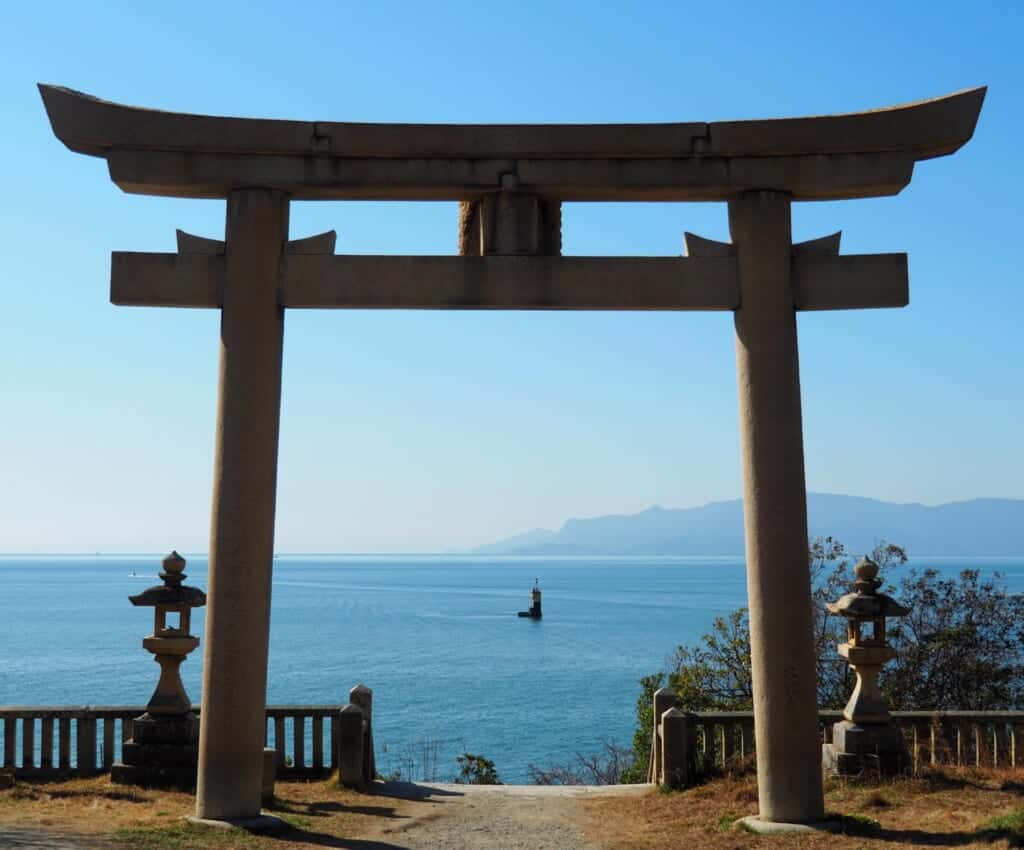
The shrine, which existed since the Heian period (794-1185) and was moved to its current location in 1683, has a less romantic history. During the Russo-Japanese War (1904-1905), the Imperial Navy’s admiral came here before battle to pray for victory. Since then, it became customary for high-ranking navy officers to pray at this shrine. Nowadays, the connection to the Japanese naval forces is not so close anymore, but Iwatsuhime Shrine is still a popular spot to pray for safe seafaring and a good haul of fish.
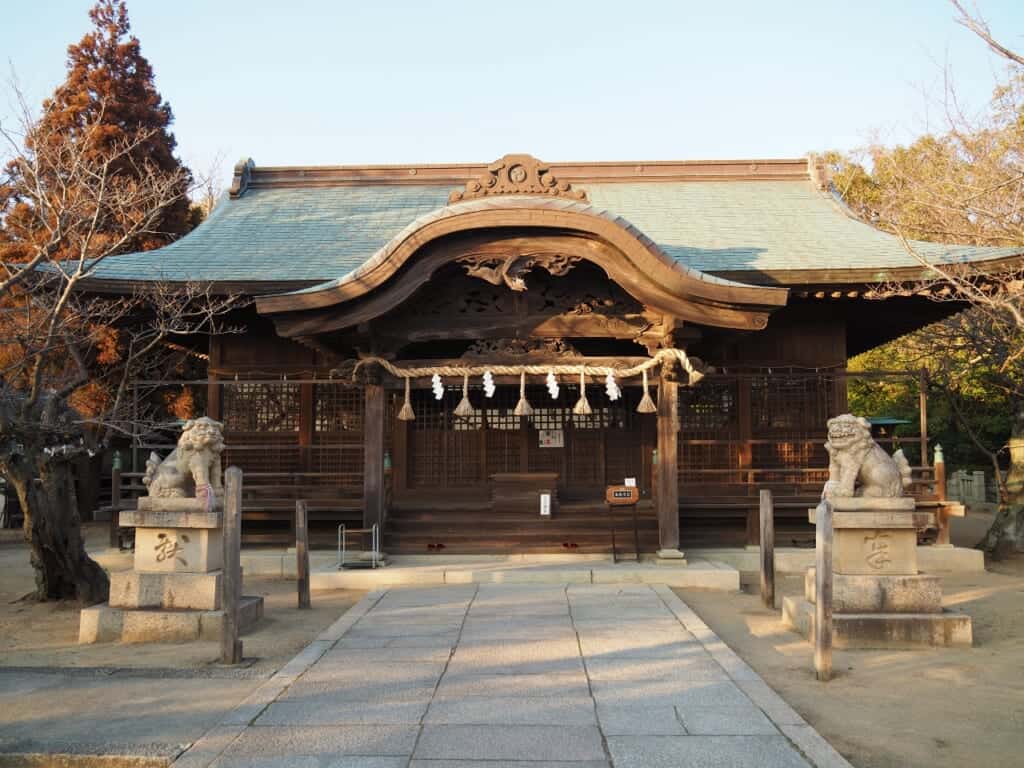
From the shrine, I walked down Kirakira Zaka (キラキラ坂), or Glistening Slope, to reach the coast. The name of this picturesque little street comes likely from the glass atelier that sells glittering accessories and other glass crafts.
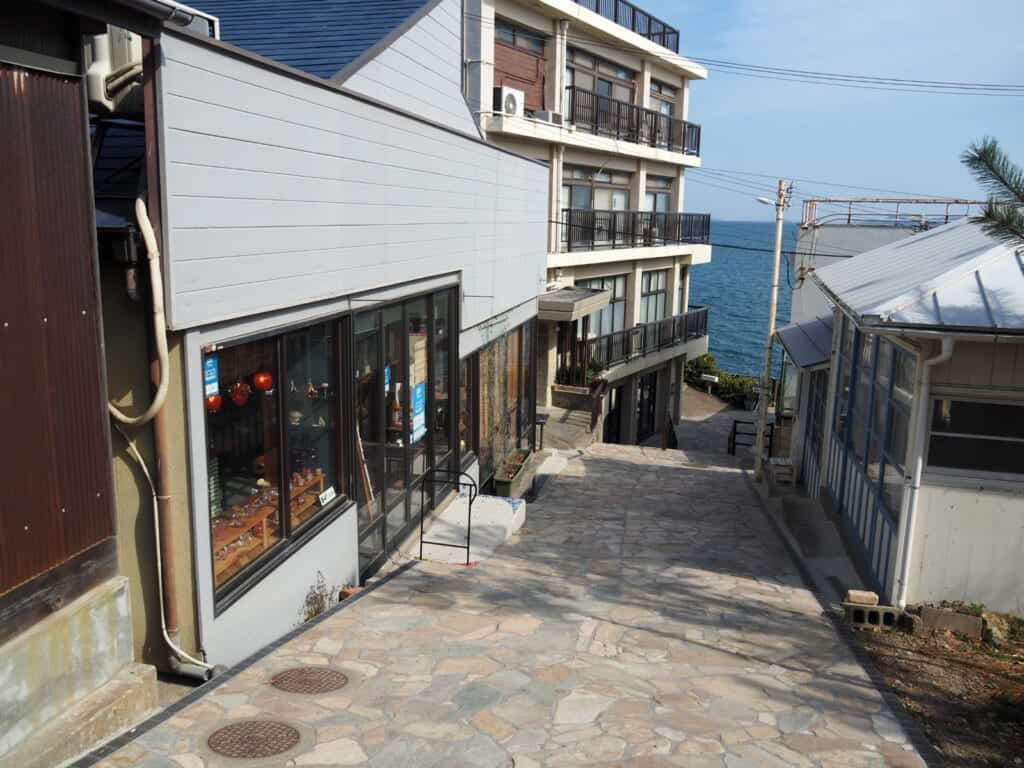
I followed the path along the rocky coast. The area’s atmosphere is almost Mediterranean, different from many Japanese port towns I have been to before. It was a very pleasant stroll. As I passed by Fukuura Beach, I saw black kites majestically gliding through the air.
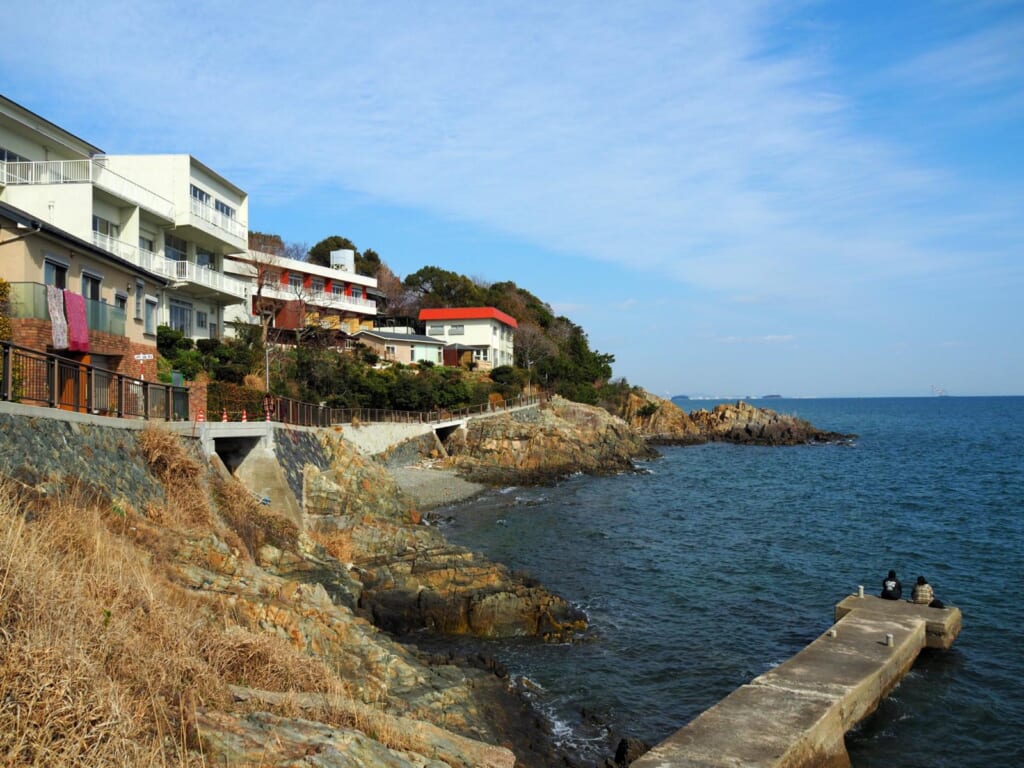
Plum Blossoms at Higashi Misaki Observatory Square
I followed the path until I arrived at Otsuka Kaigan (大塚海岸), from where you can walk up a trail behind the beach house to the Higashi Misaki Observatory Square. If you visit Ako in spring, you should definitely come here, as it is one of the best places for hanami, or cherry blossom viewing, with about 1,700 cherry trees. The color contrast between the pale pink of the cherry blossoms and the dark blue of the Seto Inland Sea surely is a stunning sight. As I visited here in late February, I didn’t get the chance to enjoy this scenery myself, but I was just in time to see the first plum blossoms of the season.
A Unique Japanese Onsen Experience at Ginpaso
I stayed the first night at Ginpaso (銀波荘), a Japanese-style inn located right next to Iwatsuhime Shrine. One of the highlights of this accommodation is the open-air hot spring baths with amazing sea views in front of you. The Tenkai no Yu bath is designed as an infinity pool, which means that the water flows over the edge, creating the visual illusion that there is no boundary between the hot spring bath and the sea. Those who want to appreciate this unique experience in a more private setting can book the Tenku Room on the 6th floor, which is the only room with a private open-air bath.
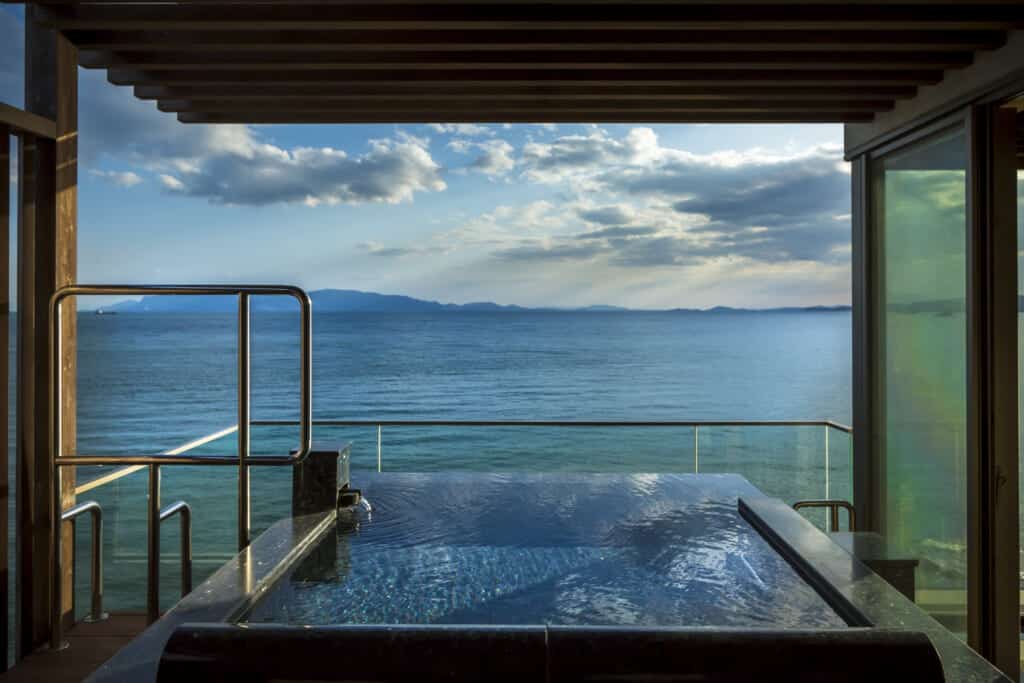
Photo by Ginpaso 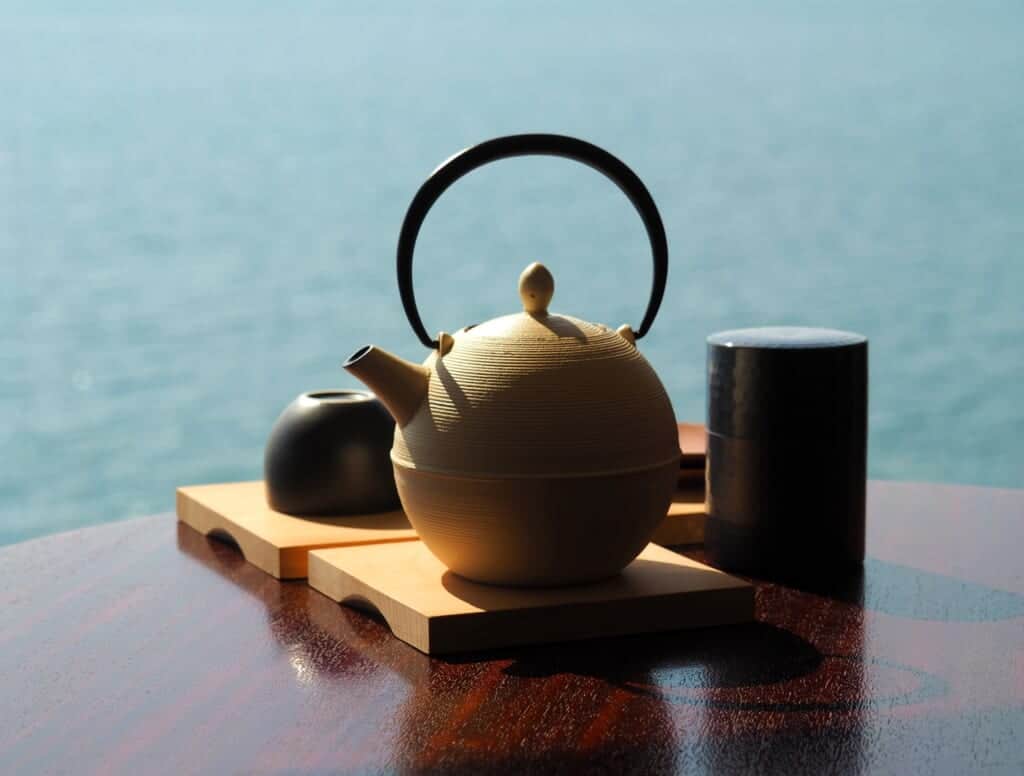
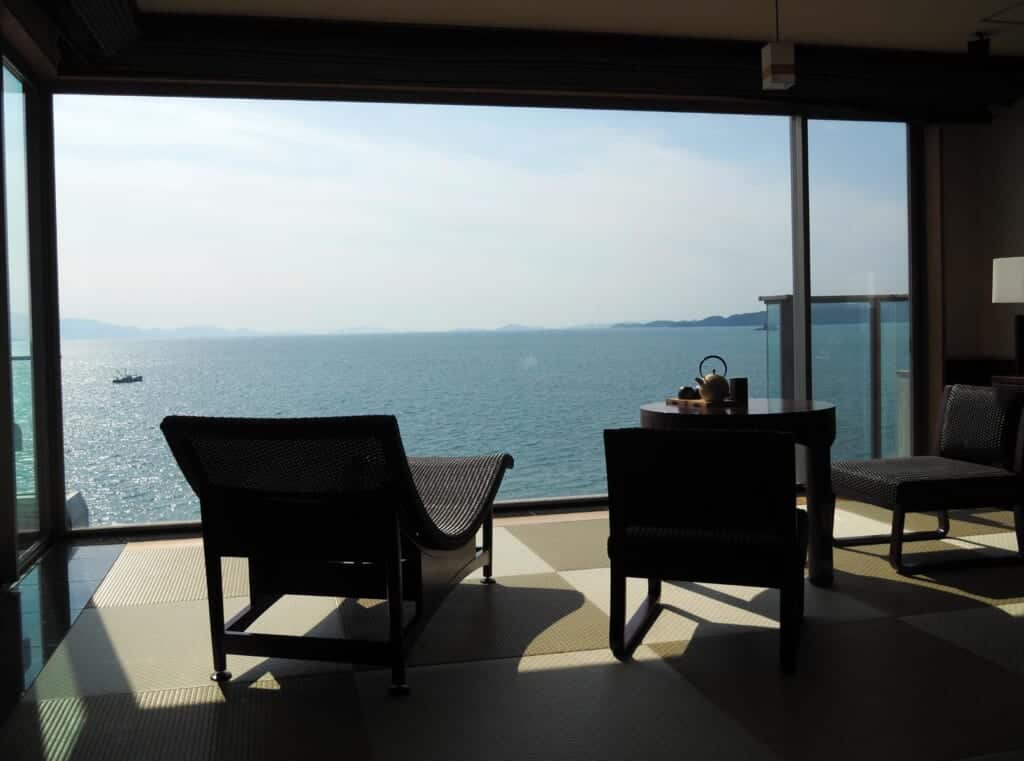
Traditional Kaiseki Cuisine and Oysters at Ginpaso
Another highlight at Ginpaso is the fresh seafood served for dinner in the hotel’s own restaurant. If you never had the pleasure to enjoy a multi-course kaiseki dinner in Japan, the love to detail and degree of perfection that the chefs put into each course will blow your mind. The Seto Inland Sea is one of Japan’s most famous places for oyster cultivation because of its gentle streams, nutrient-rich waters, and relatively mild climate. And since winter is the best time for oysters, they were, of course, an important part of the meal. The oysters were served deep-fried, steamed in their shell, and boiled in a hot pot directly at my table. Sashimi of various fish, vegetable tempura, simmered yellowtail, seasoned rice, and red miso soup was also part of the meal. Green tea pudding and citrus jelly made for the perfect finish for this dinner.
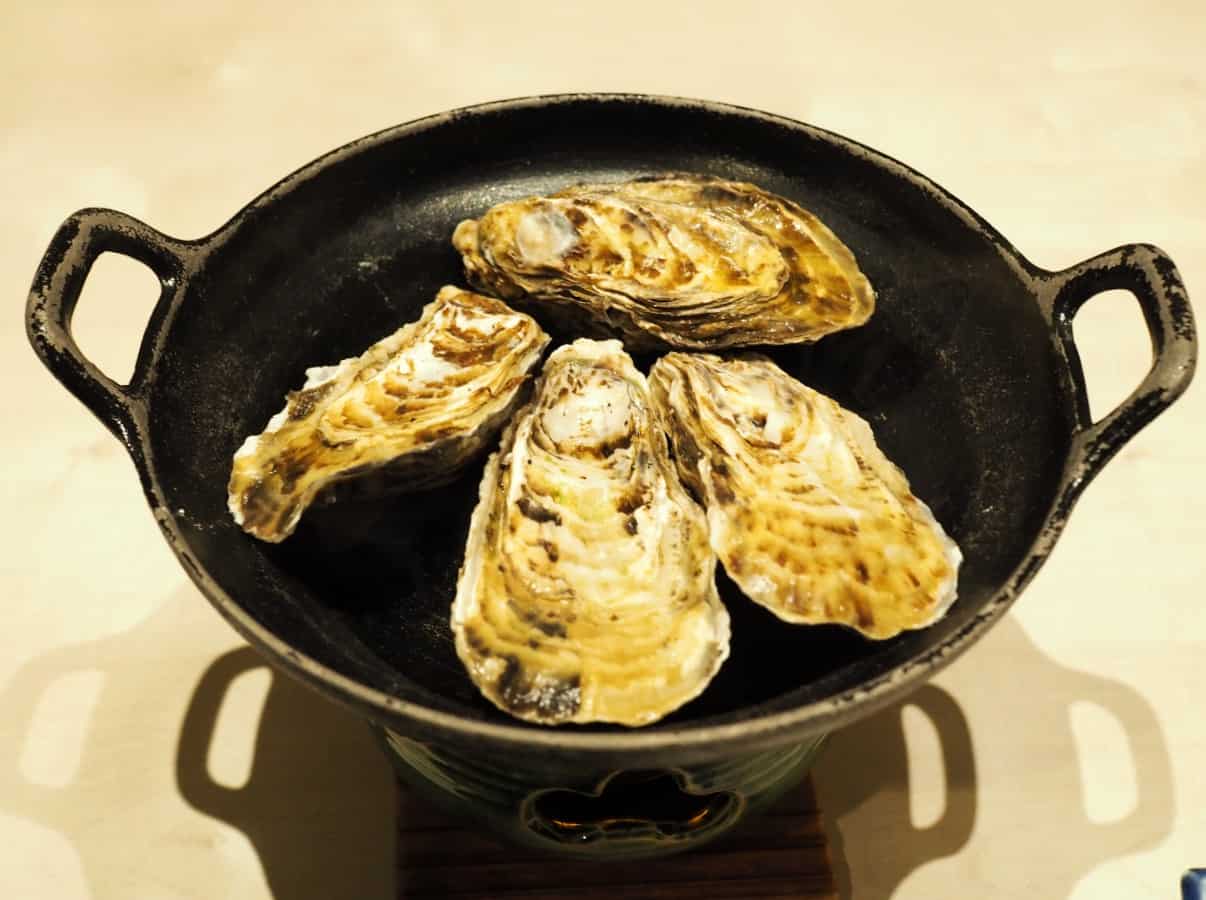
Hiking Japan and Meeting the Stone Jizo at Mt. Chausuyama
Those who want to be active and get in touch with nature should take the chance to go hiking. As Japan is a very mountainous country, hiking usually involves walking up and down a mountain. On my second day in Ako, I took a train to Sakoshi Station (坂越駅), just one stop away from Banshu Ako Station. My goal was Osake Shrine (大避神社) at the foot of Mt. Chausuyama (茶臼山). Because Osake Shrine is not exactly close to Sakoshi Station, I rented a bicycle. I cycled past the preserved Japanese traditional buildings of Machinami, until I arrived at the port. From there, it was not far to Osake Shrine. The shrine is dedicated to Hata Kawakatsu, a powerful figure of the 6th and 7th century, enshrined as a Shinto deity after his death. His grave is still located at Ikushima Island in Sakoshi Bay.
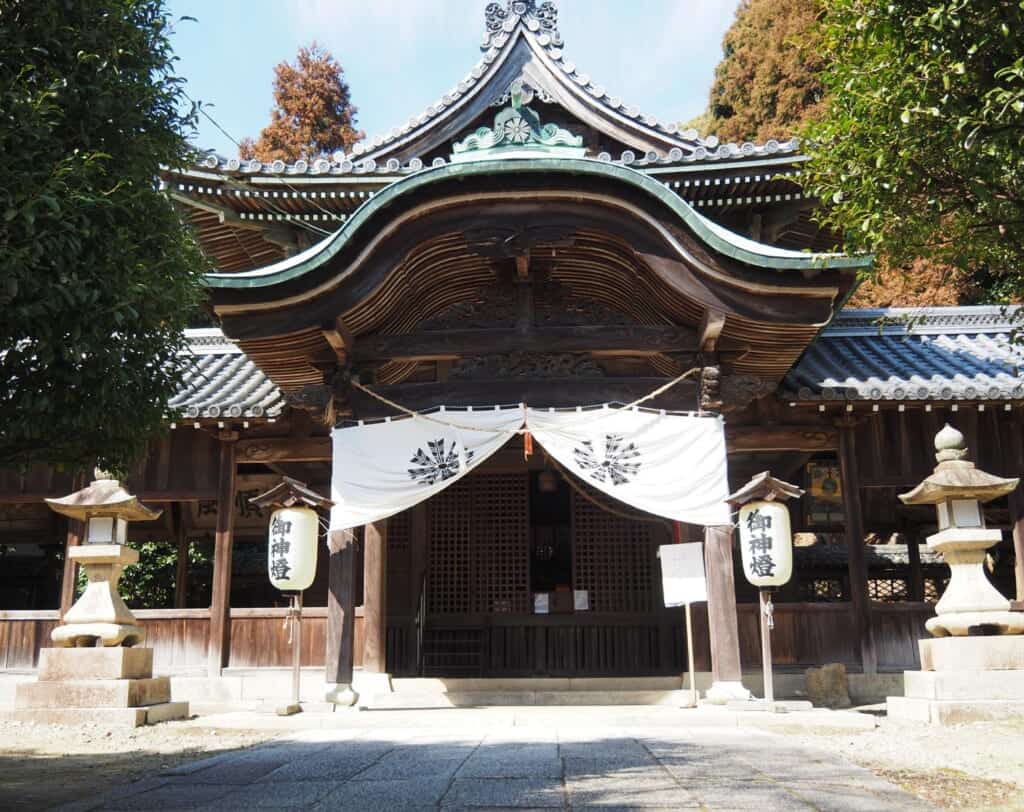
I walked through the shrine’s main gate with two Shinto deities on each side guarding the entrance. Interestingly, at the backside of the gate, I saw two Kongo Rikishi (金剛力士), protector deities that are more commonly found at the entrance gates of Buddhist temples. This is a remnant of the times when Buddhism and Shinto were part of one religious world view rather than two separate religions before the Meiji government ordered their separation in the second half of the 19th century to build their own Shinto-based state ideology.
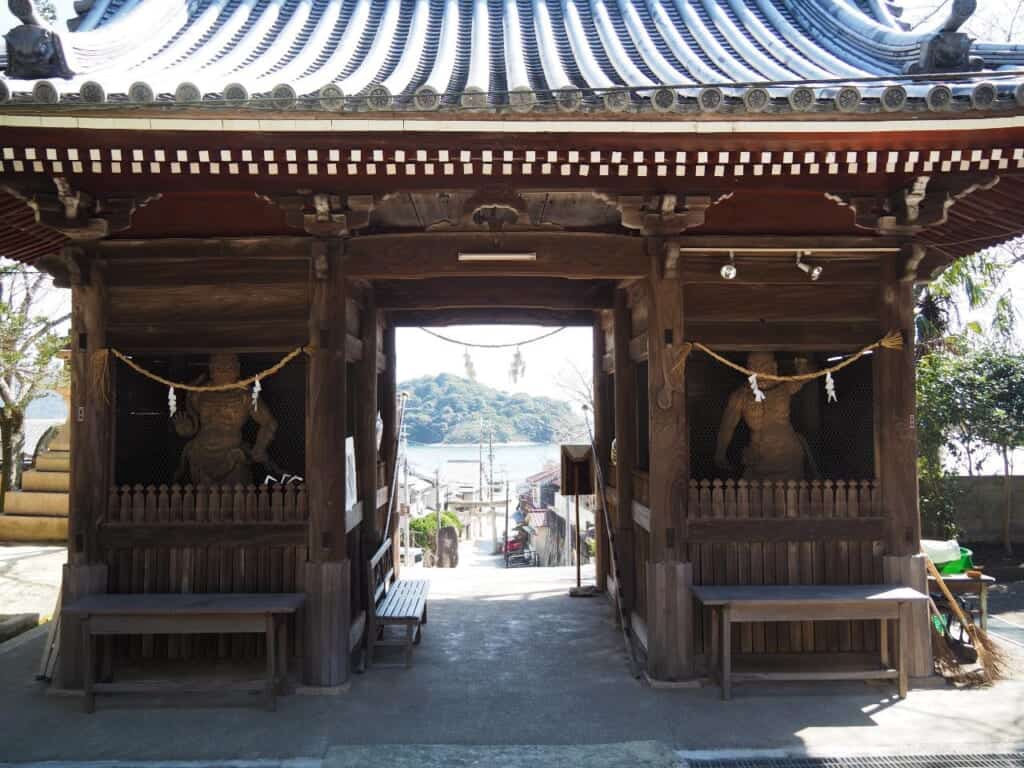
The current main hall of Osake shrine was rebuild in 1769. I sat down for a moment to admire the large votive plaques that hung from the ceilings of the Emado Halls to both sides of the main hall. They showed pictures of mystic animals, dance performances, and ships and were presented to the Shinto god to bring good fortune.
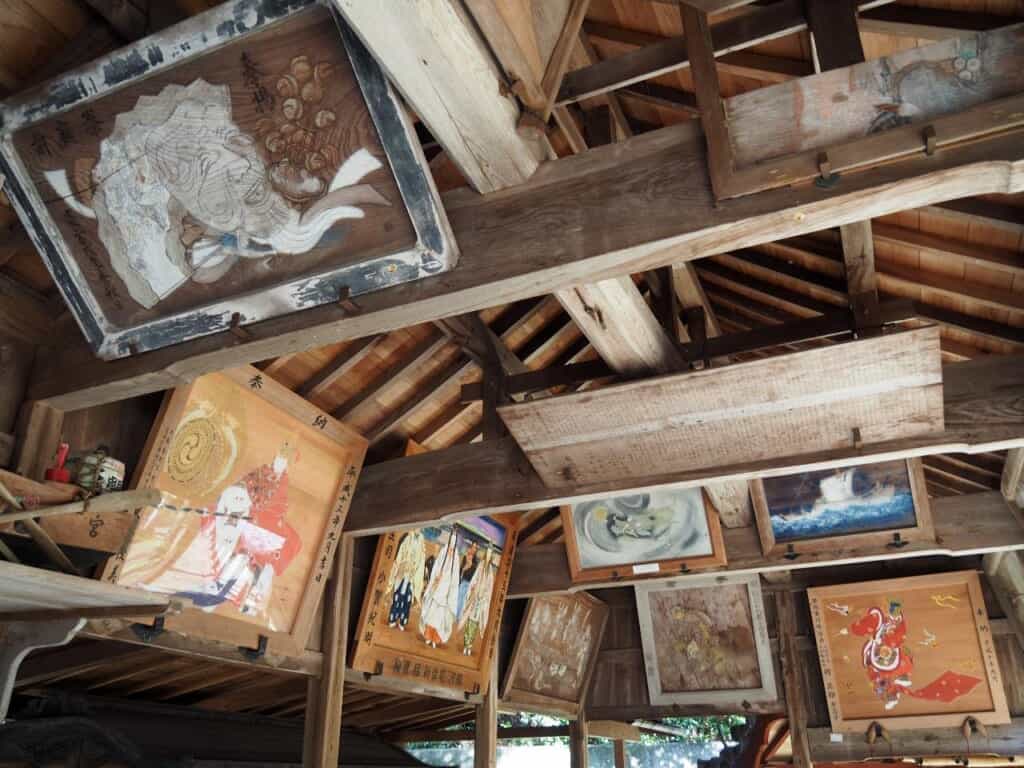
I went back to the shrine entrance and started following the road that leads up the mountain. About one-quarter of the way, I arrived at Myokenji Temple (妙見寺). The Kannondo Hall of this temple, built in 1772, was used as one of the shooting locations for the 1999 TV-drama about the 47 Ronin because of its beautiful views of Sakoshi Bay.
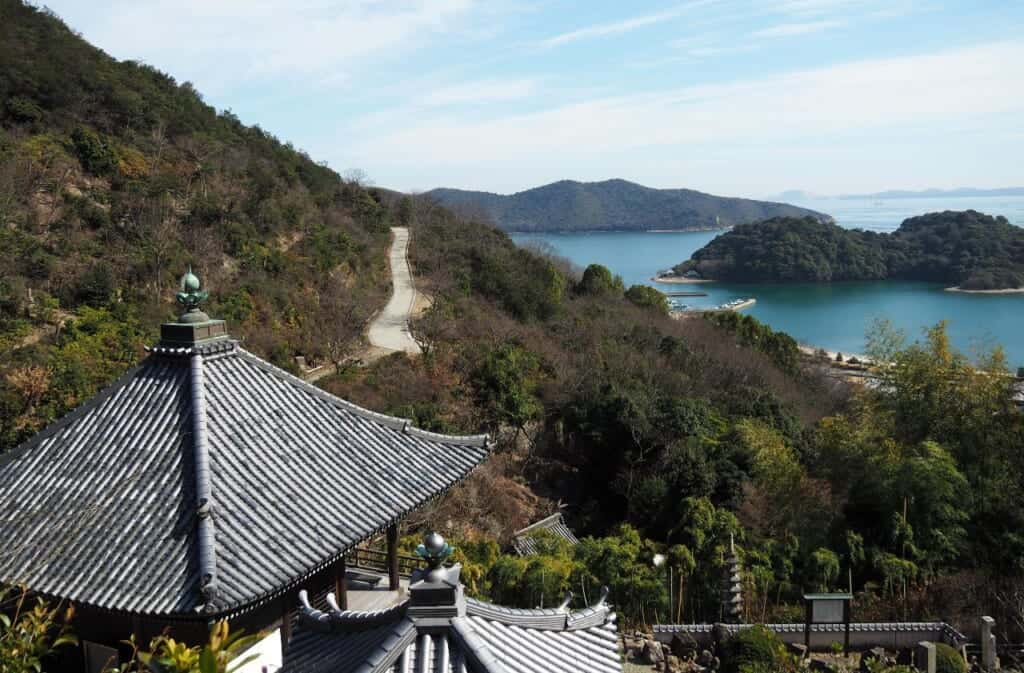
From the temple, you can decide to either stay on the road all the way up to the top or, if you are looking for a little bit more adventurous hike, you can follow the Sekibutsu Junrei Trail (石仏巡礼コース). This trail is actually a mini-pilgrimage that leads you past a number of stone statues of Jizo. If you walk through the Japanese countryside, it is quite common to find statues of this Buddhist deity along the way or at crossroads because Jizo is a protector of travelers. Some parts of this trail are barely more than a narrow swathe through the mountain’s low-growing vegetation, and I highly recommend bringing sturdy shoes to walk safely on the loose stones. Despite these difficulties, when I climbed the mountain along this isolated trail, meeting nobody but cute little birds on the way, I thought that this was well worth the effort.
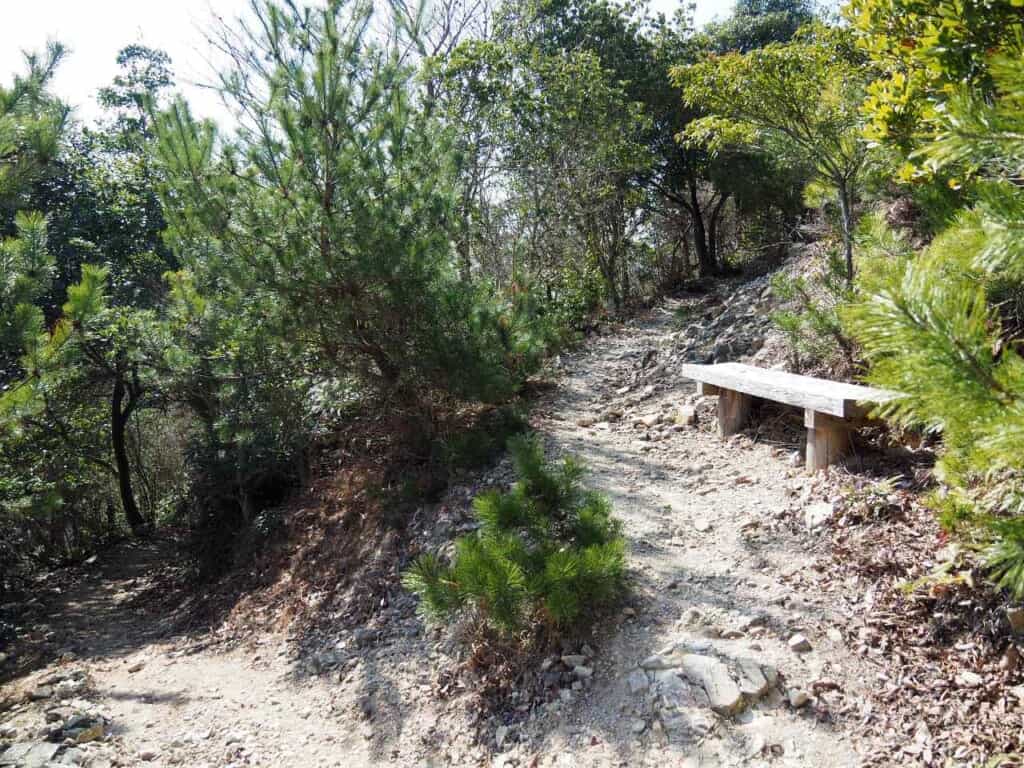
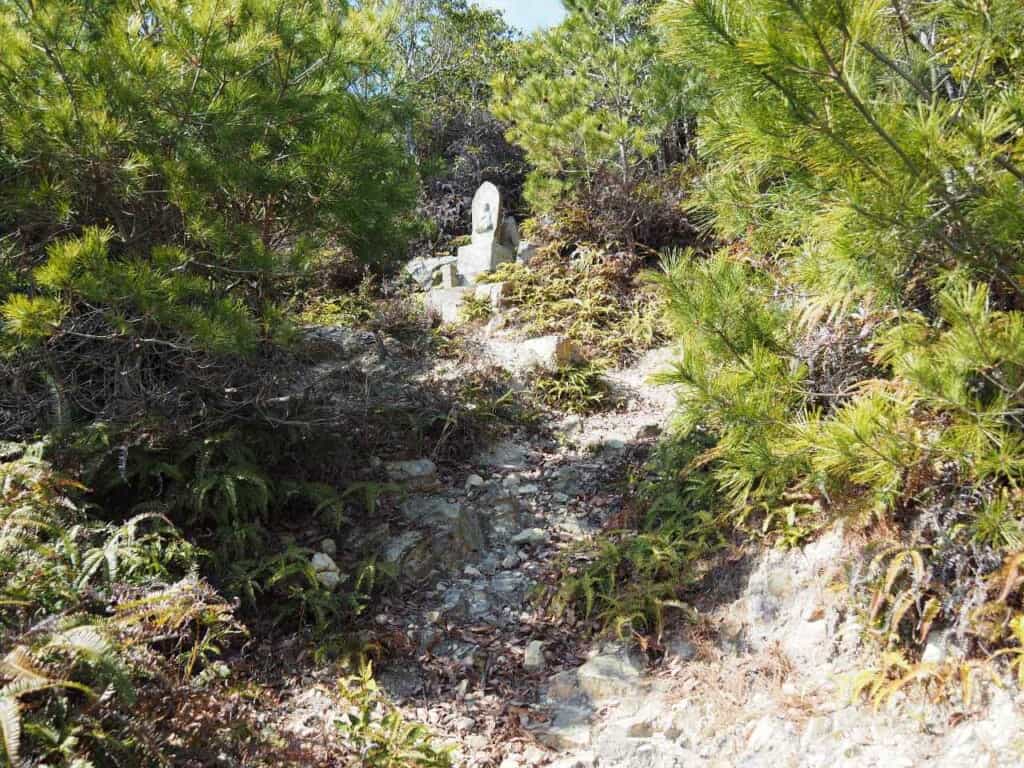
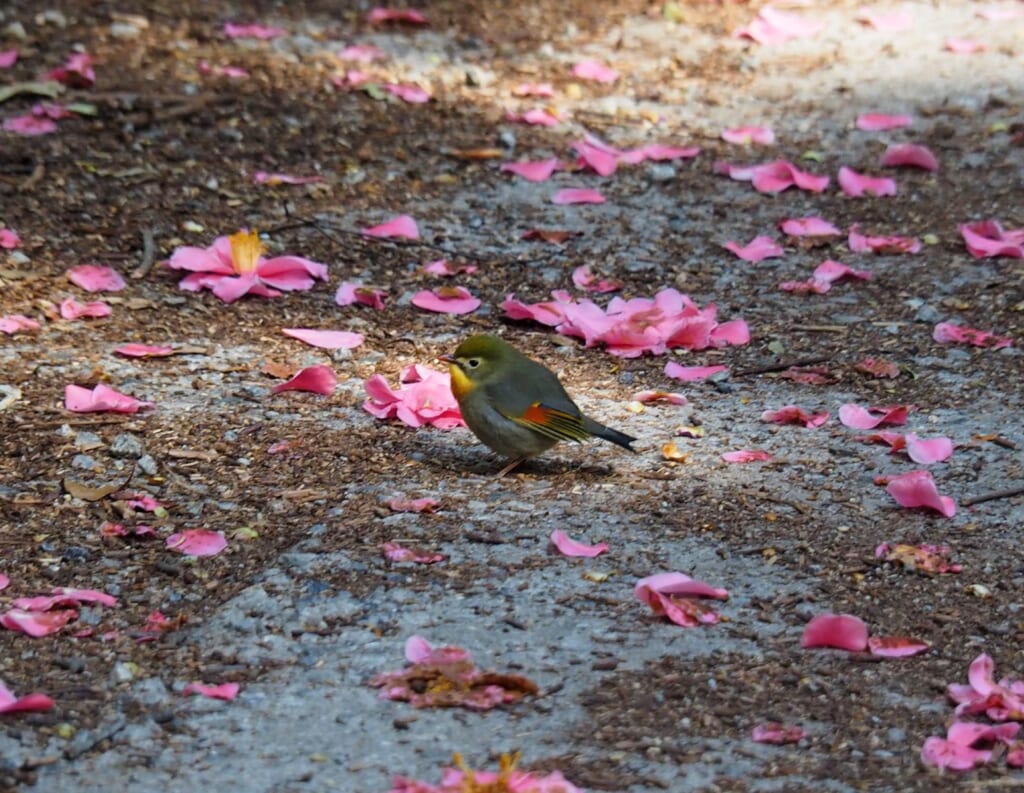
A little friend I made on my way up.
When I finally reached the top of Mt. Chausuyama I was rewarded with splendid views of Sakoshi Bay, Ikushima Island, and the oyster cages in the distance.
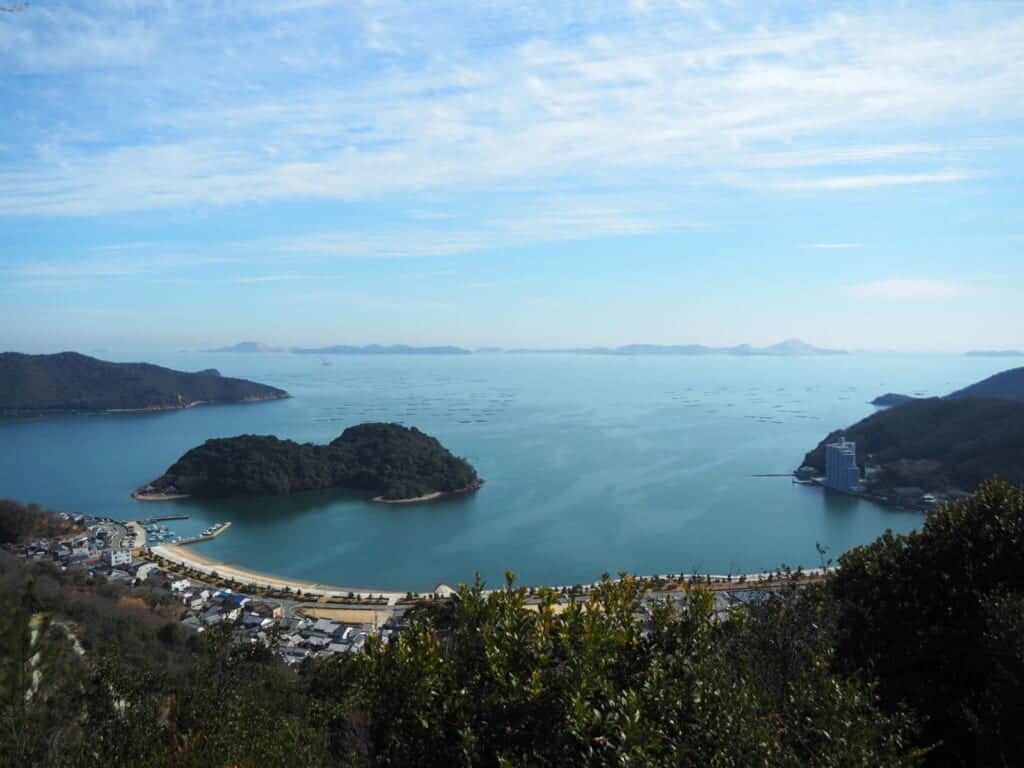
Enjoying Modern Art and Tranquil Sea Views at Imaiso
This night I stayed at Imaiso (今井荘), located next to Fukuura Beach in the Misaki onsen area. The vast rooms are designed with stylish interiors and have a modern loft feeling. The large windows allow for a fantastic view of the sea. The bathroom opens up towards the windows so you can even gaze at the tranquil sea while having a bath. A nice little detail was the Amabie dangler on the room key, a 19th-century half-fish, a half-human creature to keep people safe, which seemed very fitting for the current times.
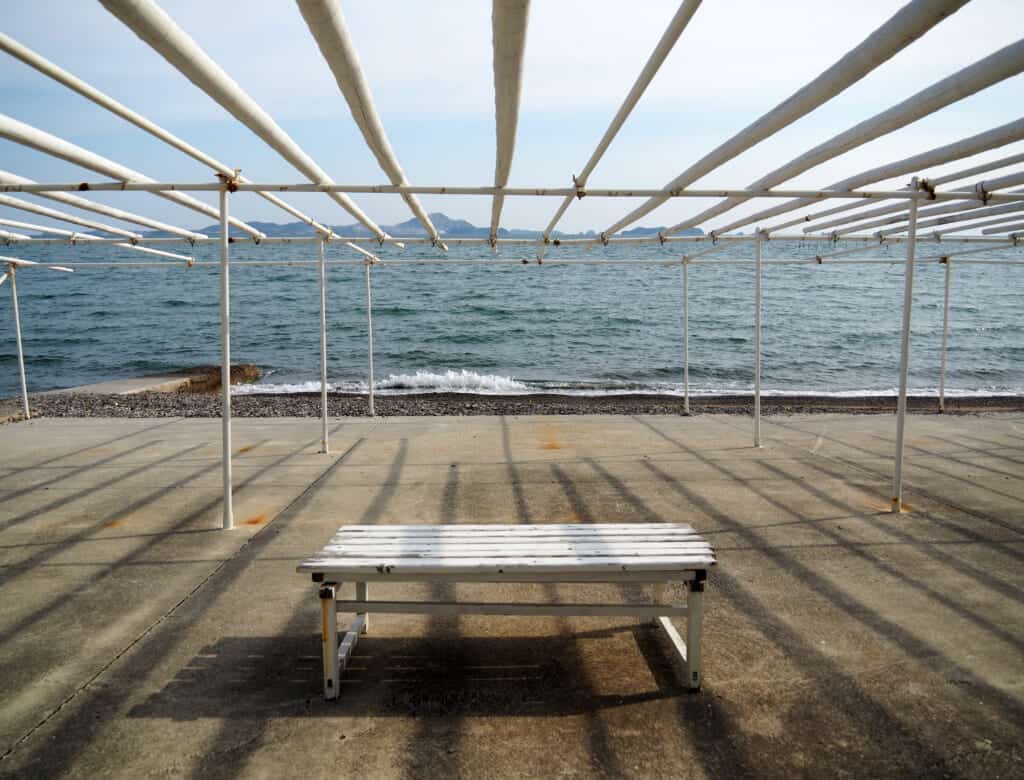
The beach in front of Imaiso 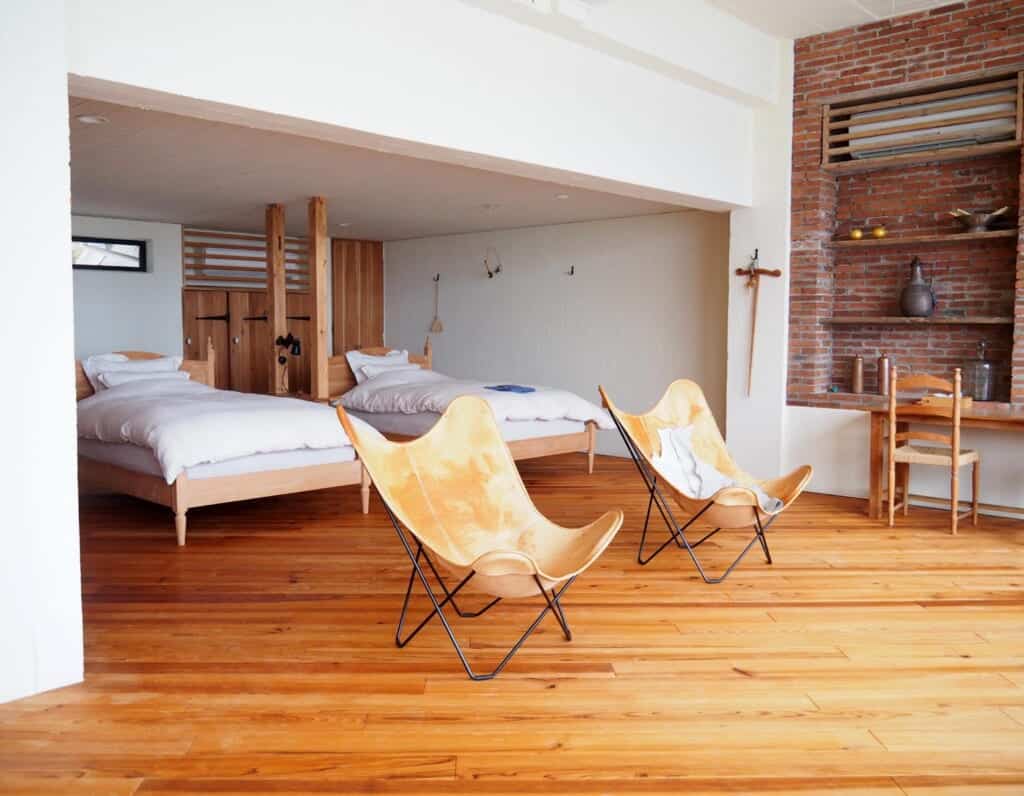
Dinner and breakfast are served in the beach house-like-cafe on the first floor. The cafe is decorated with paintings by the Okinawan artist Umehara Ryu, who also visited here to paint directly on one of the walls. Every year around September, this wall is painted over with white color, and Umehara comes again to create a new piece of art.
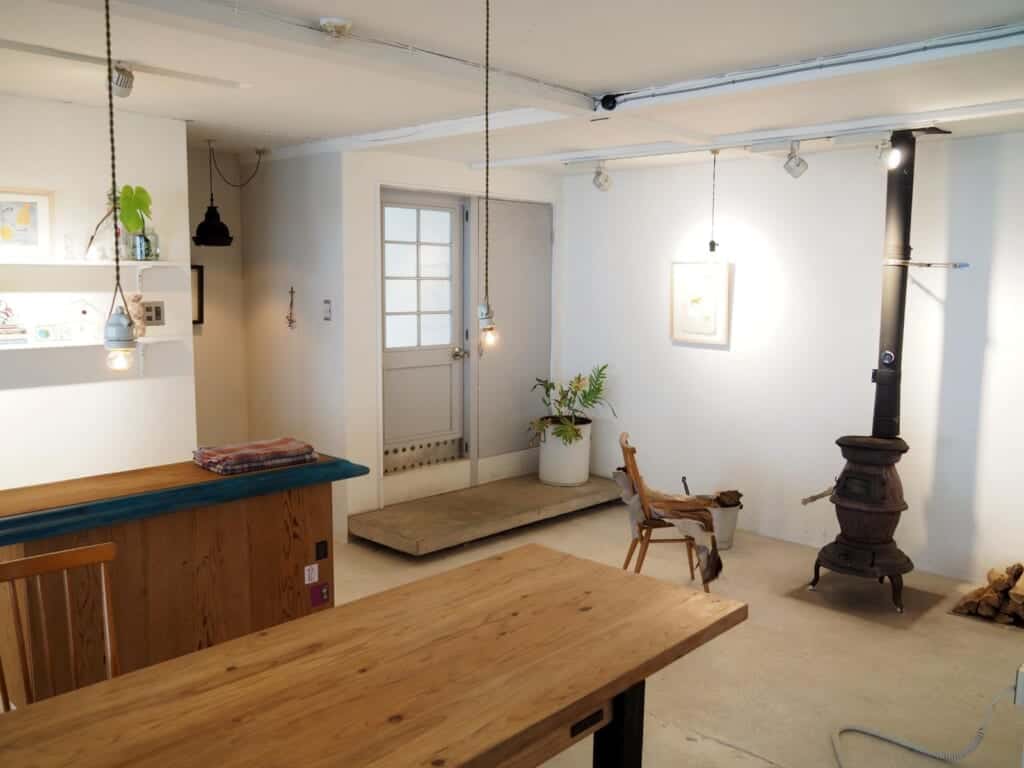
The dinner centers around fresh seafood from the Seto Inland Sea. Sashimi of various fish, steamed oysters, simmered rockfish, and a seafood hot pot were all delicious, but I was especially fond of the cheesecake that was served as dessert. This creamy dream was made by the owner herself and was probably one of the best cheesecakes I had so far in Japan.
If weather permits and you can wake up early enough, you can see the sunrise from your room and don’t even have to leave your bed for it. I went downstairs to have breakfast and drink a cup of coffee while looking over the morning sea before leaving.
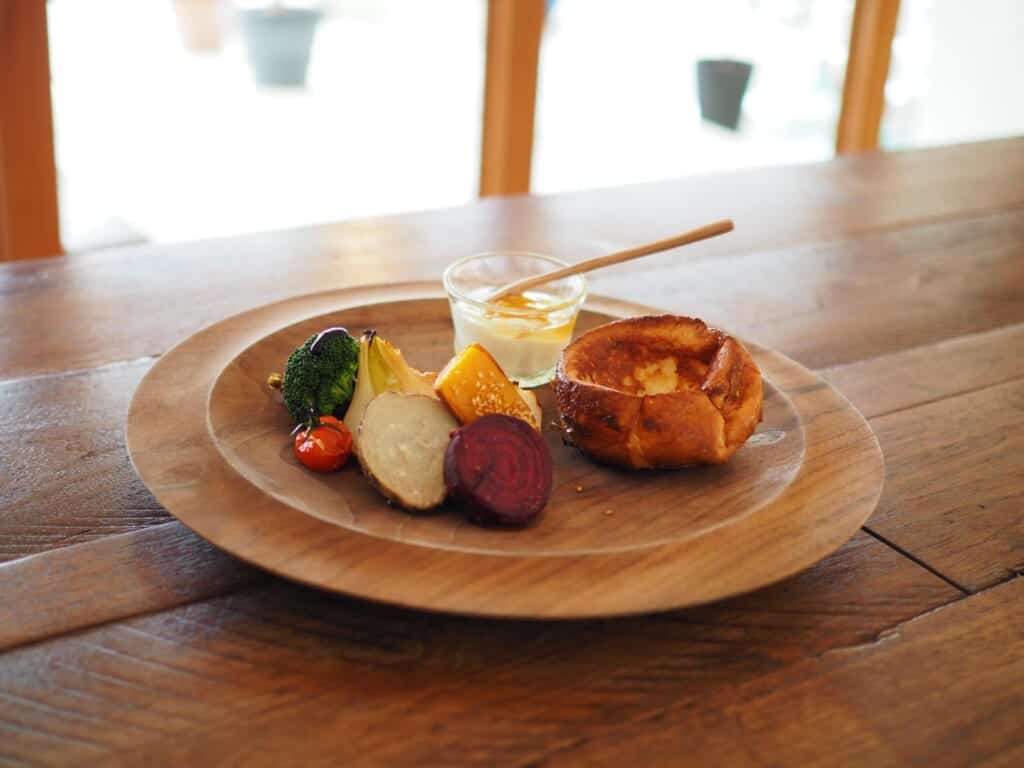
Otakadaiyama, A Short Hike with Great Views of Japan
If you don’t want to miss out on the opportunity to hike up a mountain but don’t have that much time, instead of going all the way to Mt. Chausuyama, you can also climb Mt. Otakadaiyama (雄鷹台山), located to the north-east of Banshu Ako Station. From the northern exit of the station, it is just a short walk to the entrance of the hiking trail. It takes less than one hour to reach the top of the mountain at the height of 253 meters, but some parts of the trail are quite steep, especially the stairs at the beginning of the trail. It was a sunny Saturday morning when I climbed Mt. Otakadaiyama. On the way, I met quite a few, mainly elderly fellow hikers, who greeted me cheerfully with “ohayo gozaimasu!” and “otsukaresama desu!” Something I noticed from my previous hikes in Japan is that even for a short climb like this, the Japanese like to come perfectly equipped with outdoor clothes, trekking poles, and proper hiking boots. For me, my old sneakers had to do the job, but that was not problematic because the hike is not too challenging.
From the top of the mountain, you have a perfect view of the whole city. I was able to see all the places I had visited before: Misaki, the Ako Seaside Park, the city center. Of course, I can see the Seto Inland Sea and Shodoshima Island, and on a clear day, you can even see all the way to Tokushima on Shikoku.
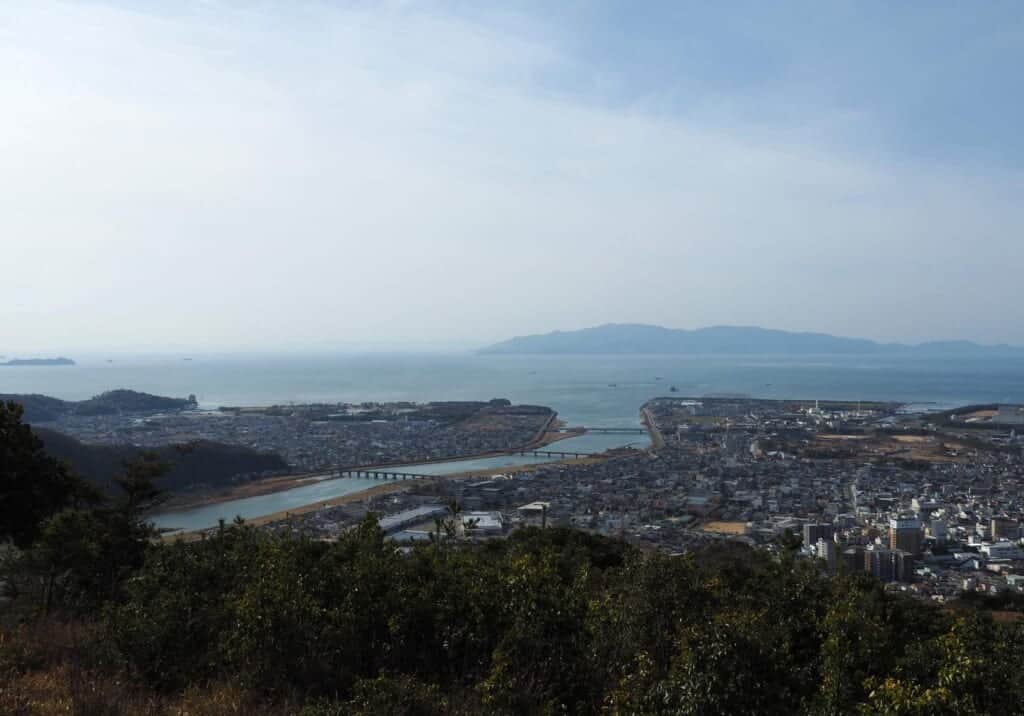
A Japanese Culinary Highlight in Ako
Some restaurants in Japan might not catch your eyes at first sight, but the food they serve is just extraordinary. The Kuishinbo is such a restaurant. It has a history of about 50 years and is run by the owner and his wife in the second generation. The main ingredients for the dishes are fresh seafood from the Seto Inland Sea and local vegetables, carefully selected by the master who knows exactly which local foods are best according to each season. Therefore, the best way to enjoy a dinner at Kuishinbo is to order the “omakase” course, which means you leave it up to the chef which dishes he serves as part of a multi-course meal.
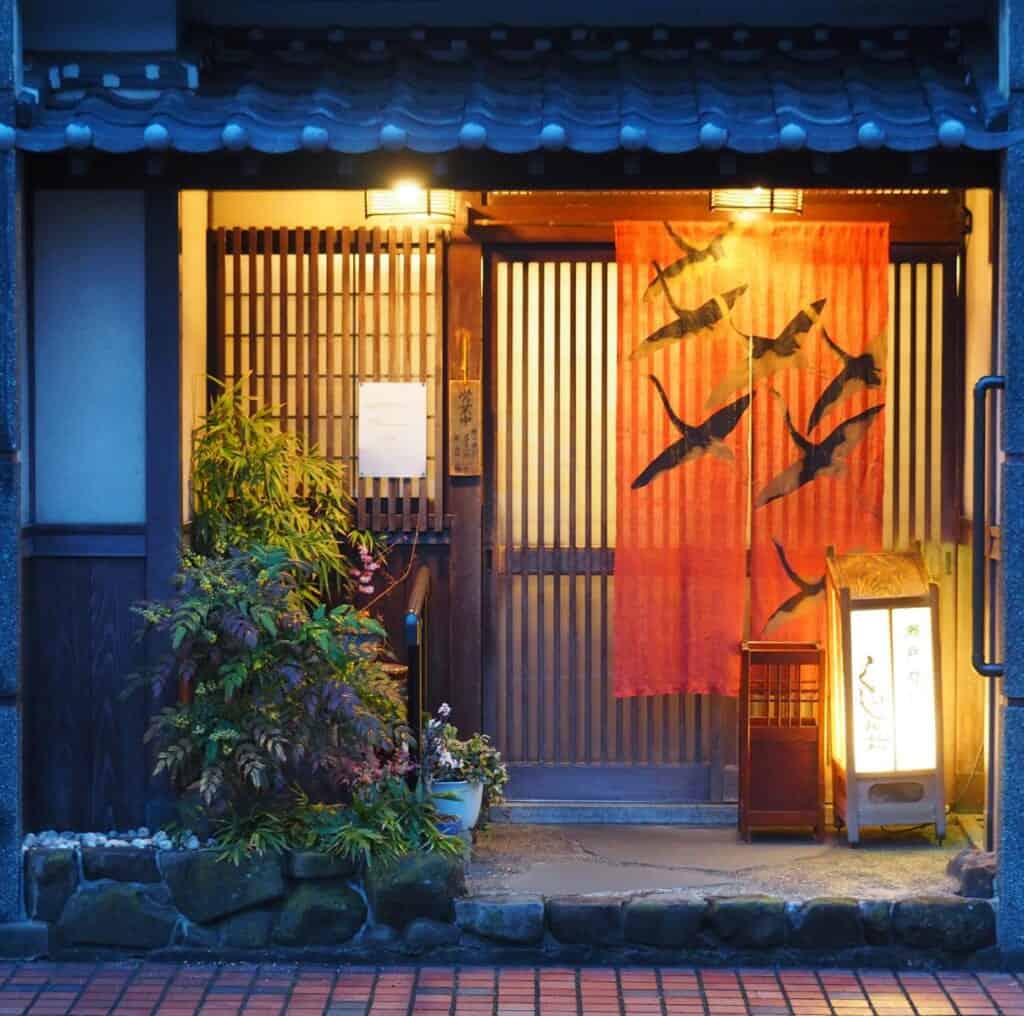
To do justice to the complexity and fine touches of each course would take the whole length of this article, but to give you an idea, I would like to describe the first course in more detail. The first plate was an assortment of various starters. A piece of cooked carrot, carved into the shape of a flower and marinated with orange, giving it a sweet and fruity flavor. A scallop with a touch of miso paste. A very thin omelet put together with a slice of raw ham to form a savory mini roll. Whitefish, fried with a crust of egg yolk, then cut in fine slices and topped with salmon roe. Cream cheese mixed with miso, adding to its richness. A small salad with chrysanthemum leaves, mushrooms, and fried tofu, seasoned with a fine Japanese dressing. All of this served in a simple but tasteful bowl decorated with leaves that reflected the season.
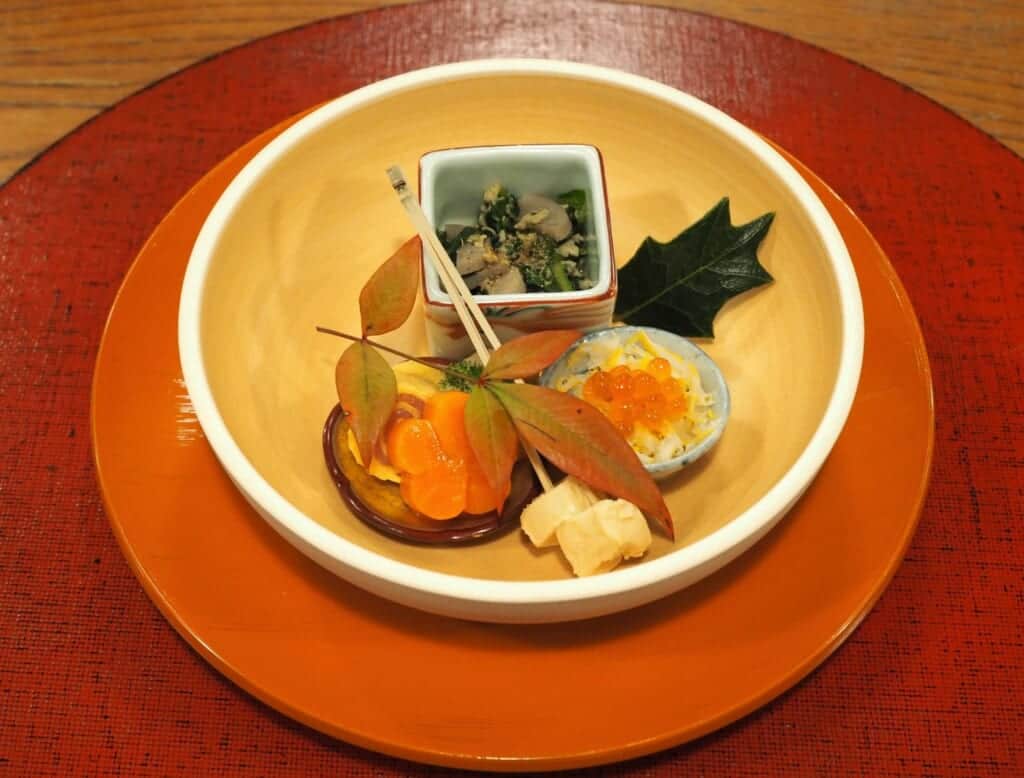
The other coursed included sashimi, fried mackerel, a light broth with vegetables, clam, and plum tofu, cooked conger eel with a shiso sauce, different variations of tempura, and a miso soup at the end. The dessert was an excellent little chocolate pudding, which doesn’t seem very Japanese until you know that it was February and that it is quite common for Japanese women to give chocolate to men on Valentine’s Day.
How to Get to Ako
Ako City is easy to reach from Himeji Station (姫路駅), one of the main stops of the Tokaido Sanyo Shinkansen. From Himeji Station, it takes about 30 minutes and costs 590 yen by Sanyo Main Line to Banshu Ako Station (播州赤穂駅), the last stop of this train.
How to Get to Imaiso
From Himeji Station, take the JR Ako Line to Banshu Ako Station (about 30 minutes). From Banshu Ako Station, take the bus bound for the Recreation Center, get off at Nishiyama-cho (about 20 minutes), and walk for 5 minutes up a slope.
Whether you are looking for an off-the-beaten-track destination, you are a fan of excellent seafood, or just want to spend some relaxing time hiking in the mountains or strolling along the coast, Ako City is a great place to visit for everyone who wants to explore a lesser well-known part of Japan. Experience the charms of an authentic coastal town and its friendly residents in Ako.
Sponsored by Ako City
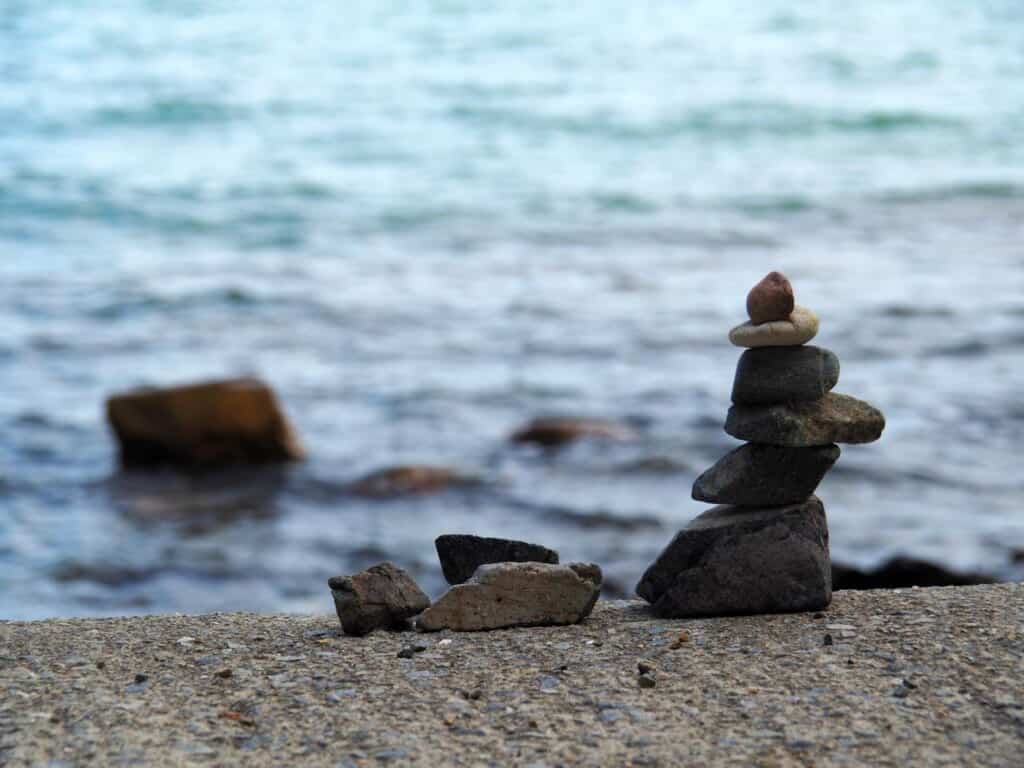
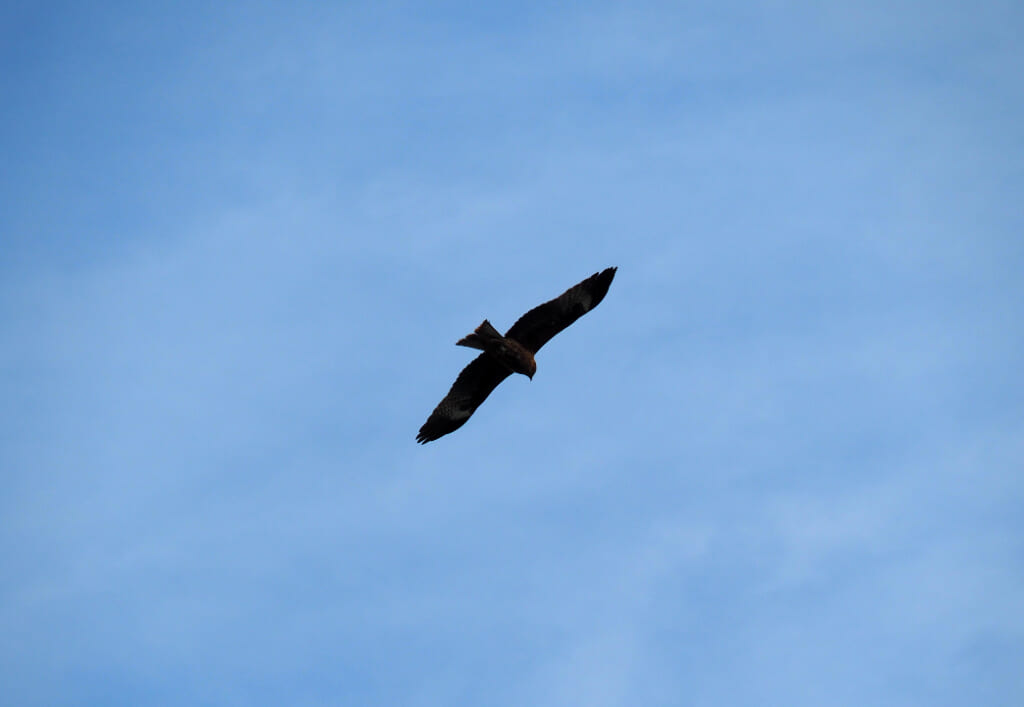
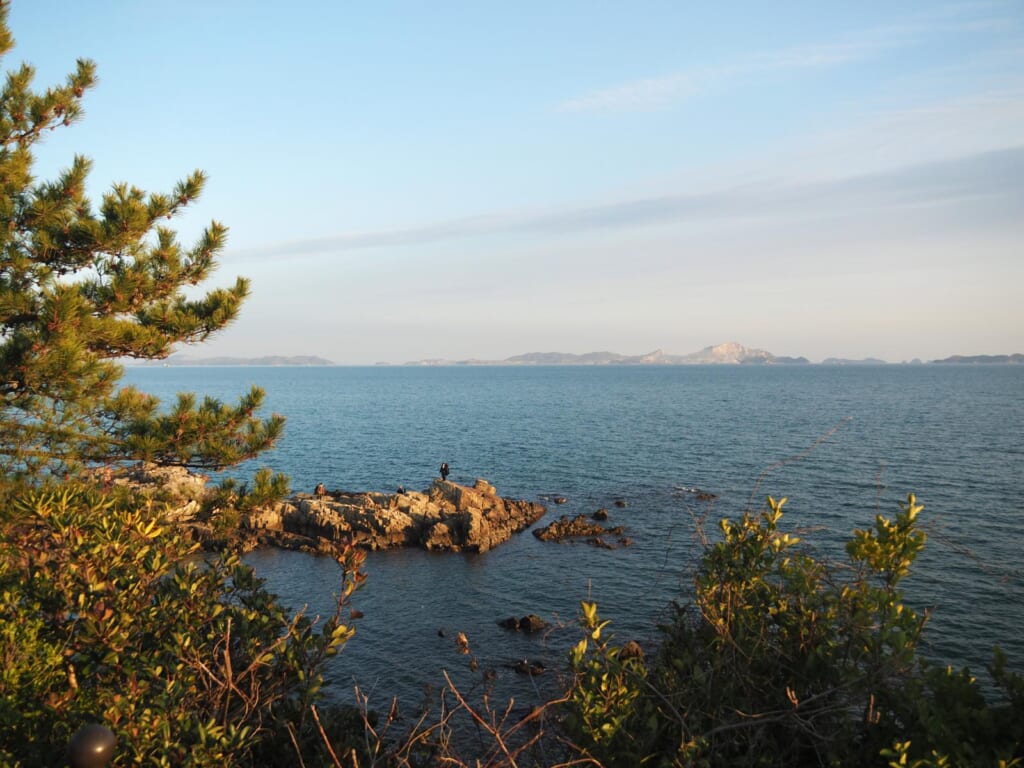
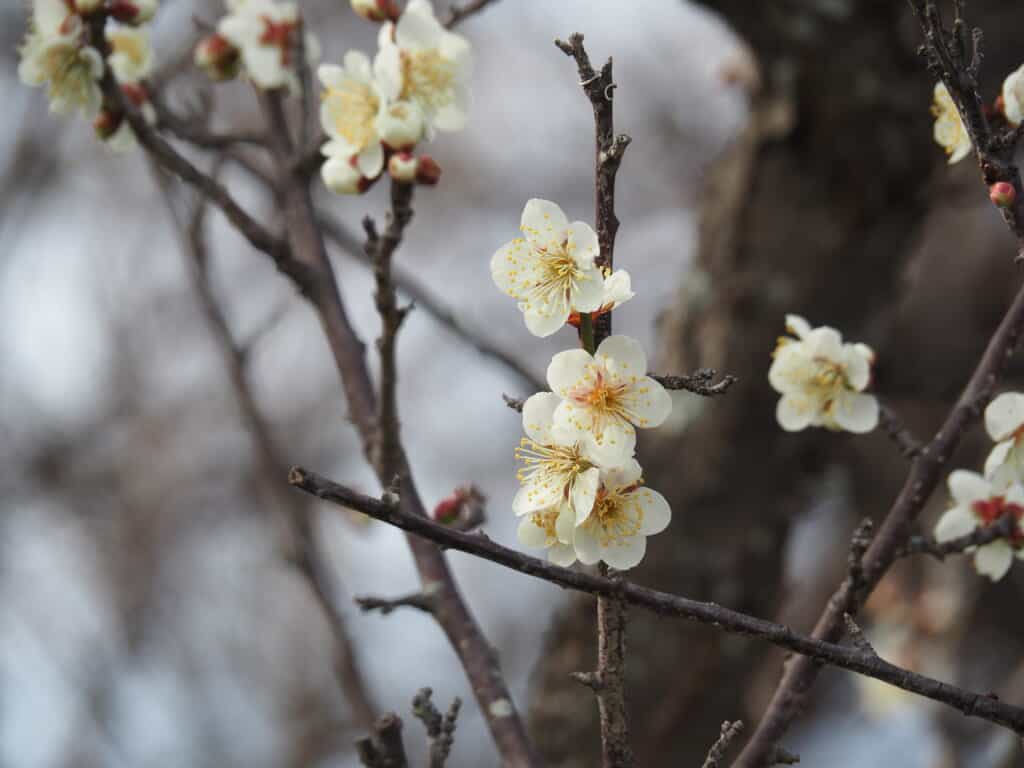
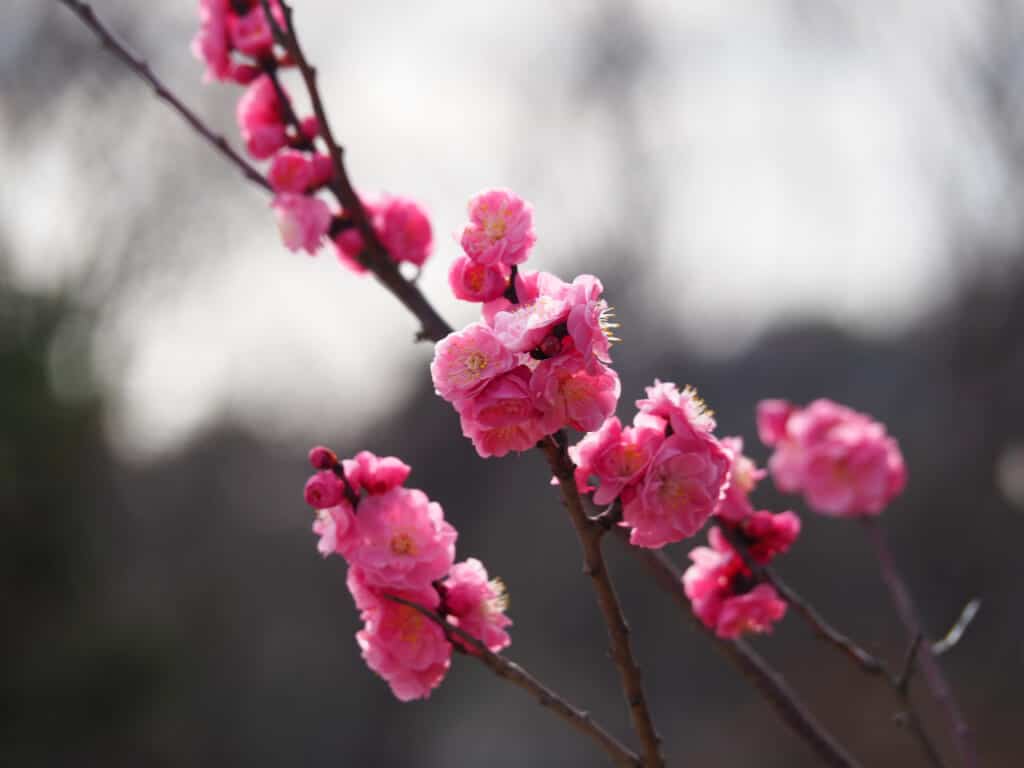
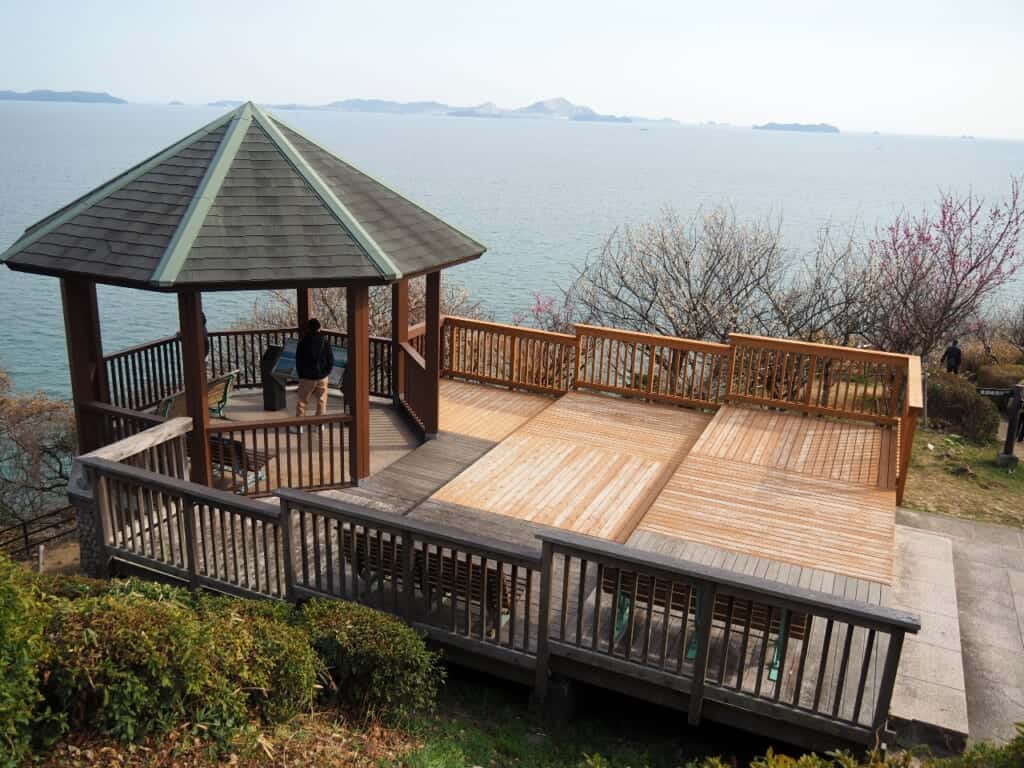
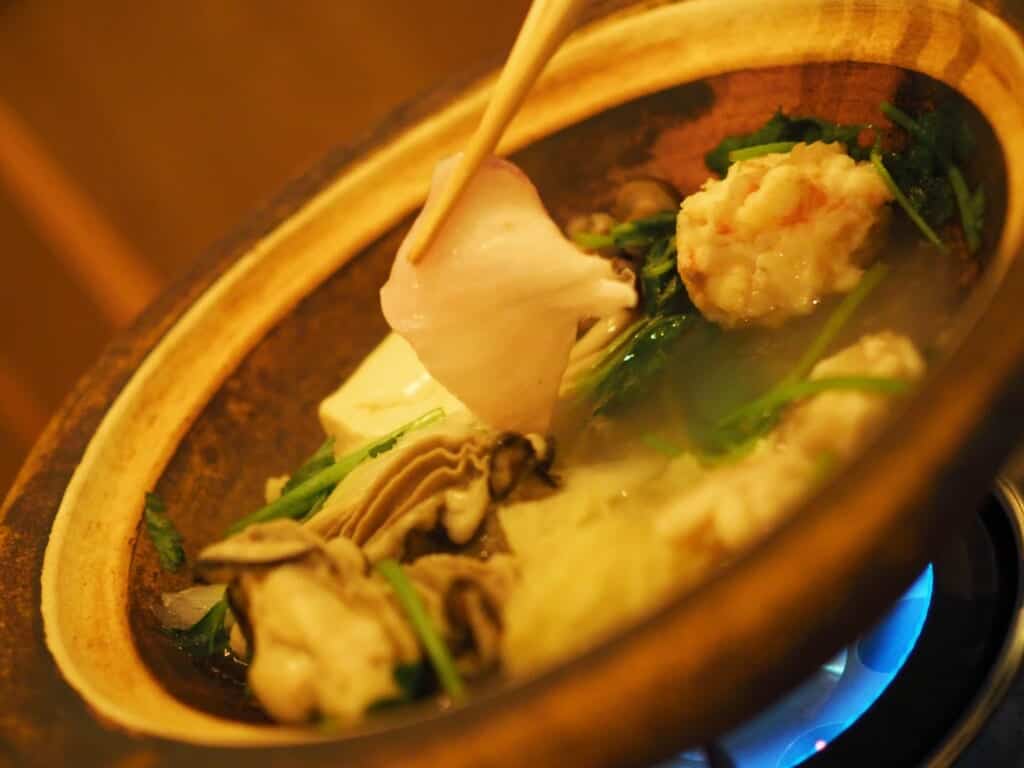
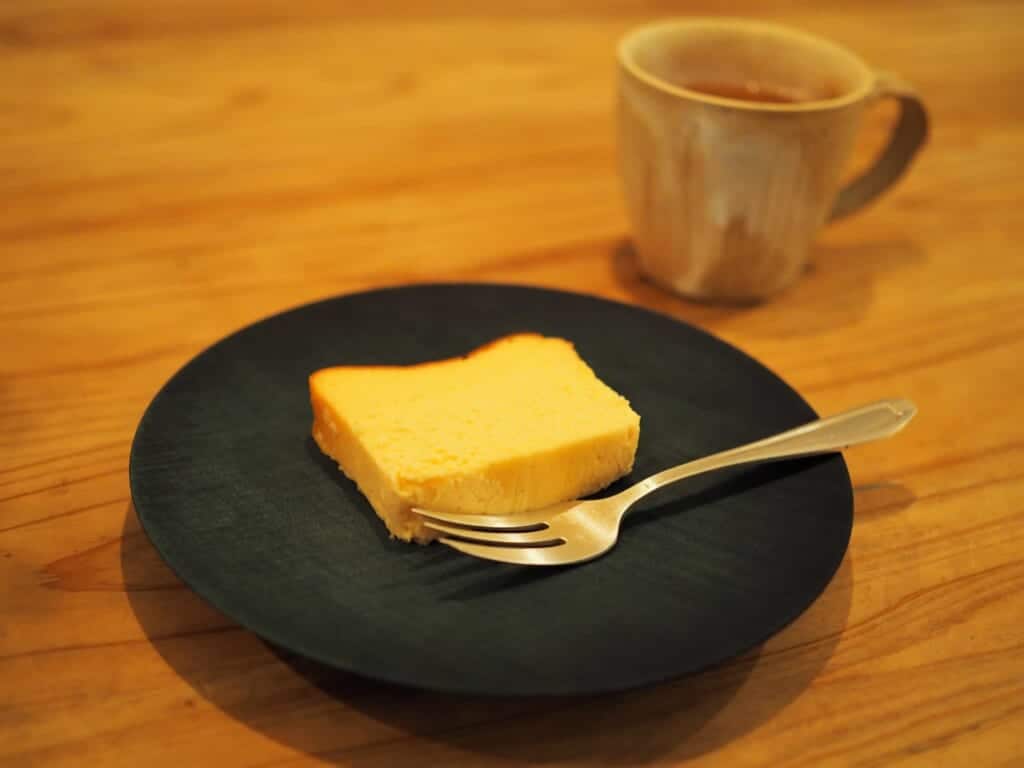
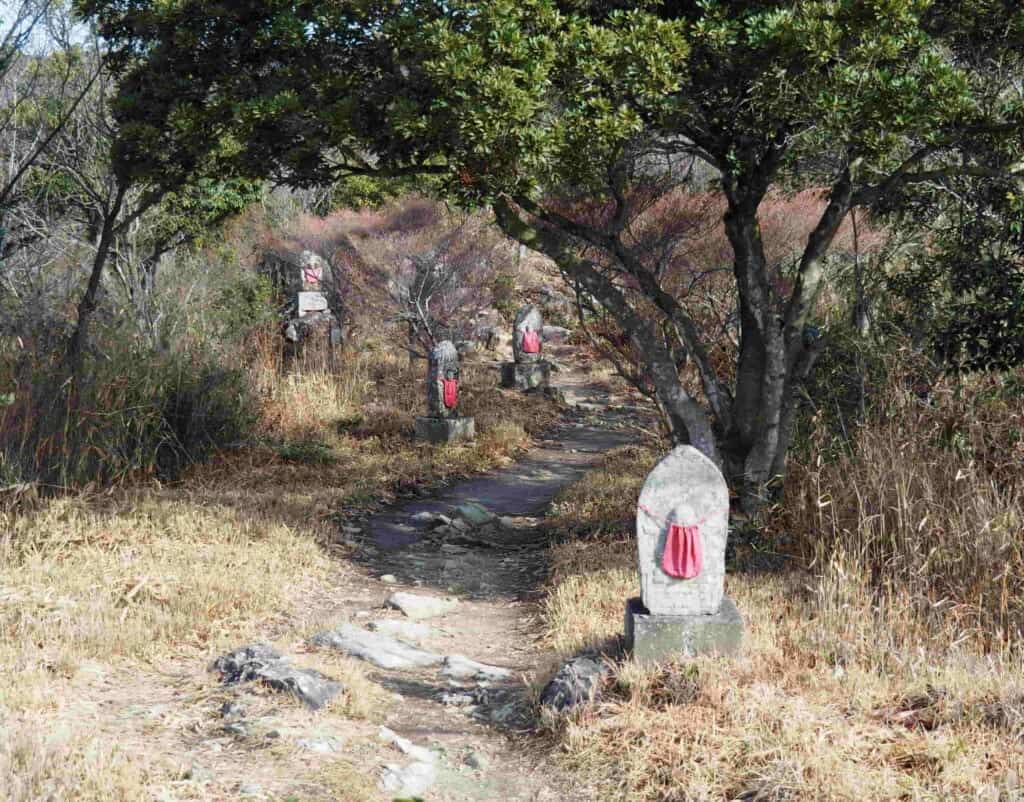
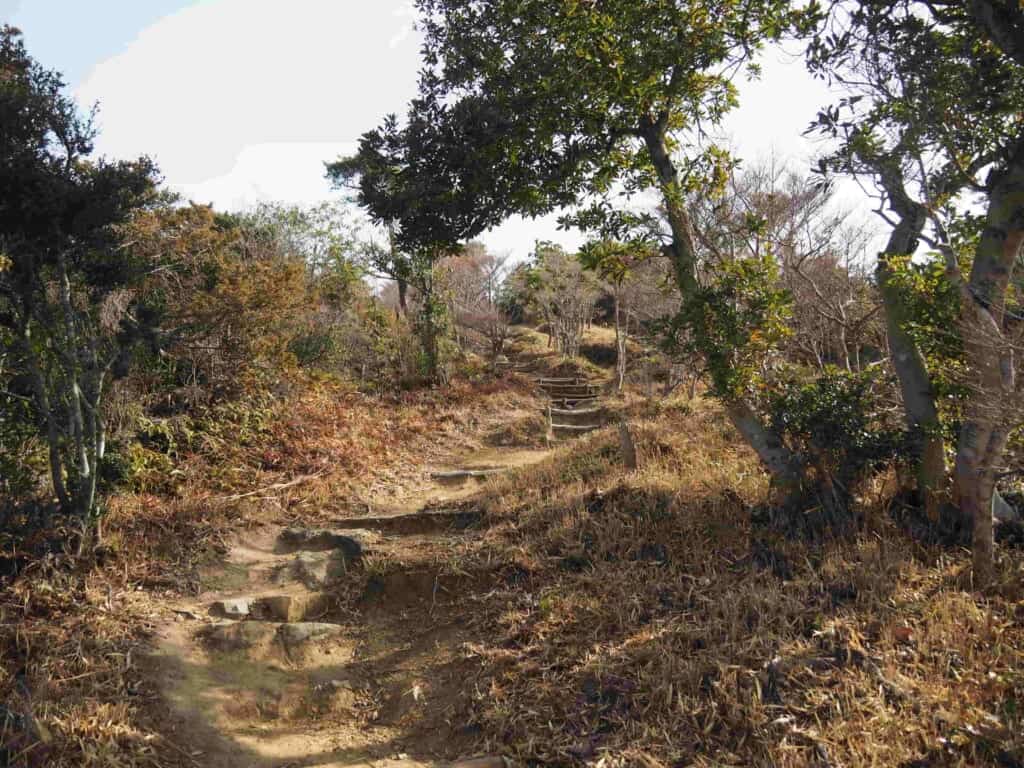

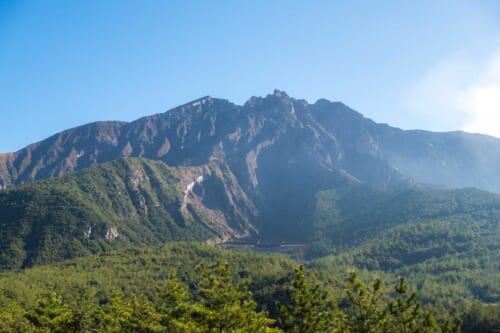
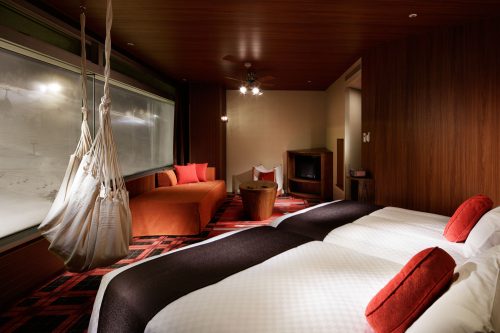
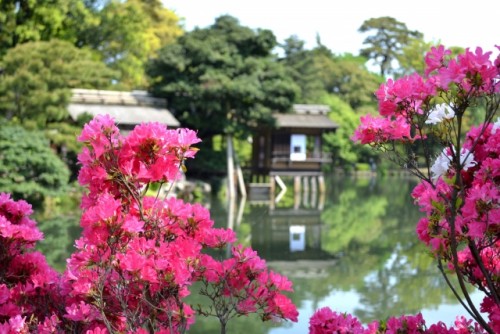
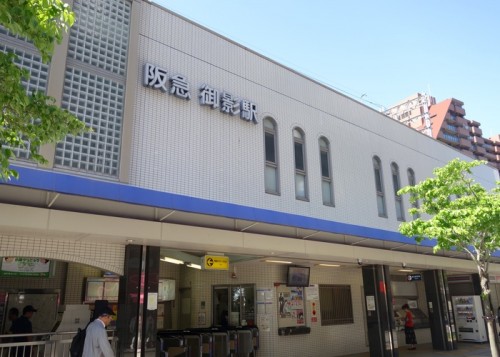


No Comments yet!